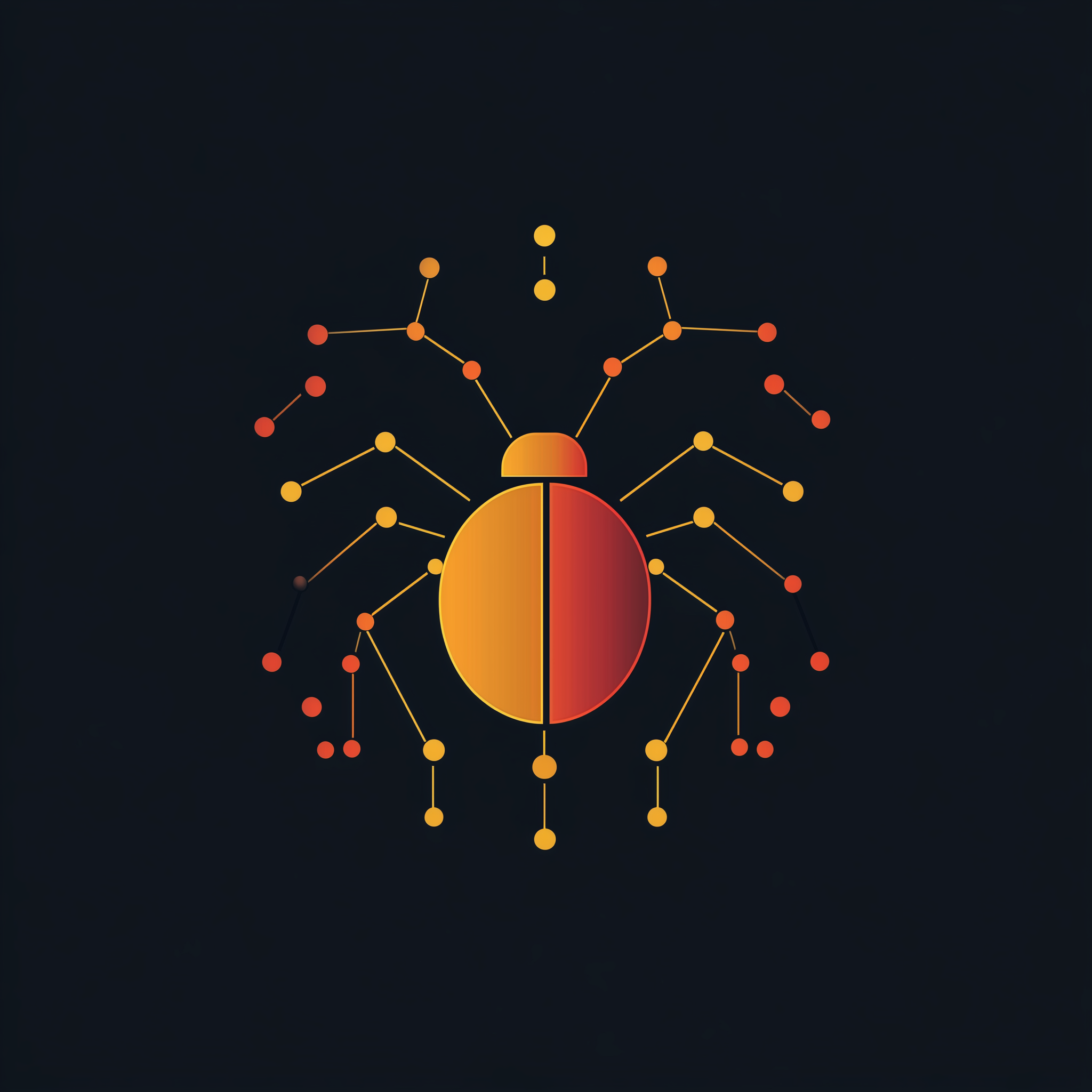Welcome To bug.directory 🐛

What Is It?
bug.directory is a searchable Obsidian vault brought to you by the exploits.club team. It’s intended to serve as a collection of vuln research, exploit development, and reverse engineering resources to help you get spun up on new projects fast.
The database has been initially seeded with weekly resources collected for the exploits club newsletter. That said, the vault is open-source and thus the more contributions from the community the better.
How To Use It?
Online:
The easiest way to get spun up is check out some of the tags linked below, or use the search bar to find something specific (platform, primitive, resource, etc). However, there are some limiatations with how Quartz generates a static site from the vault sooo 👇
Locally
The vault really shines when used locally with Obsidian - It was designed with graph view in mind, which isn’t as fully featured on the web platform (WIP - see How To Get Involved). You can clone a copy from our GitHub
Some Tags To Get You Started:
linuxchromewindowslpefuzzinglearning_resourcectf
How To Get Involved?
- The organization so far has been the brain child of a few people..okay really just one person. As such, please submit pull requests for new tags to be added, missing tags on resources, or new resources all together. A formal contribution guide is coming for non-exploits.club resources, but for now checkout out templates/Submission.md. MORE RESOURCES.
- Quartz is a wonderful free resource to generate a static site from a vault, but it leave something to be desired - this vault is really intended to be searched in the graph view and have the ability to stack tag filters, as shown in the local demo above. As such, we are working on an upgraded version of the site. If this is of interest and you can center a div, reach out to info@exploits.club.
- Maps Of Content - Some of the bigger tags are getting to a point where it would be cool to put together MOCs that serve as a table of contents, learning pathway, or jump-off point for their associated subject.
- Backlinks - Where there are connections between two different notes, it could be useful to have them backlinked so that as someone explores a topic, they have a natural next step. There are a handful of examples in the vault where it is extremely obvious doing so make sense (such as part 1 and part 2 of a series - see You Can’t Spell WebRTC without RCE - Part 2), but there are plenty of other connections to be made - submit PRs!!